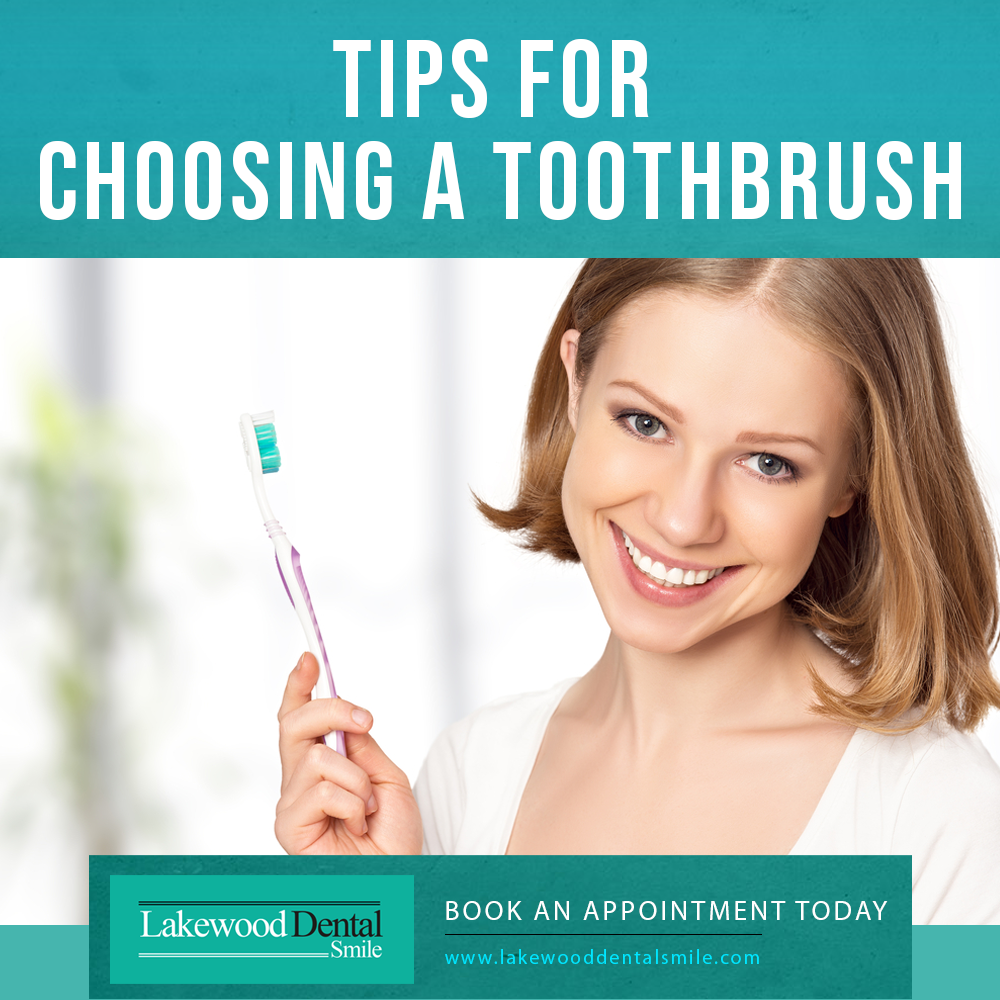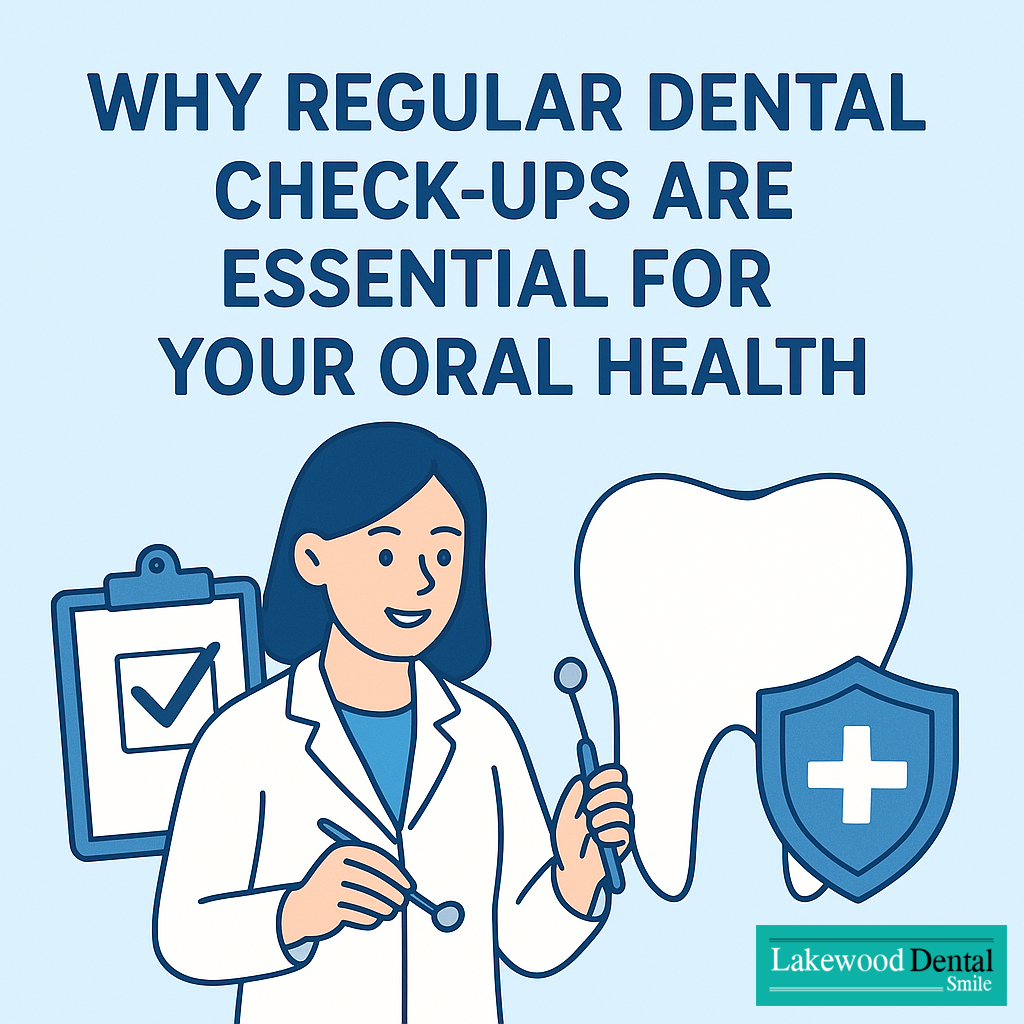Choosing the right toothbrush is essential for maintaining healthy teeth and gums. With so many shapes, sizes, and bristle types available, it can be confusing to know which brush is best for you. The proper toothbrush ensures that plaque and debris are effectively removed, prevents gum irritation, and improves overall oral hygiene. In this guide, we explain key factors to consider when selecting your toothbrush and provide practical tips to help you make the best choice. Following these tips will make brushing more effective and comfortable.

Procedure / Details
1. Bristle Type
Dental professionals recommend using a soft-bristled brush as it efficiently removes plaque without damaging enamel or gums. Toothbrush bristles come in soft, medium, and firm varieties, but soft is generally safest. For better coverage, consider brushes with flat, dome, or rippled bristles. A soft, well-designed brush helps reach all surfaces, including the hard-to-reach back teeth, ensuring thorough cleaning.
2. Brush Head Size
The size of the brush head should match the size of your mouth. A small-headed toothbrush is ideal for most adults and children because it can reach all areas, including molars at the back. A full-sized head may work better for those with larger mouths, but it might struggle to clean tight areas. Using a small or compact head improves precision and allows more effective plaque removal.
3. Handle Comfort
Toothbrush handles vary in size, shape, and material. Choose a handle that feels comfortable in your hand and allows easy maneuvering. Electric toothbrushes often offer ergonomic designs that can help people with limited dexterity or those who have trouble brushing manually. Modern features like angled grips or textured handles can enhance cleaning but are not strictly necessary.
4. Electric vs Manual
Electric toothbrushes are a great choice for many people. They can provide more consistent brushing, especially for those with limited manual dexterity or children. Studies show electric brushes remove plaque more efficiently than manual ones in certain cases. If you prefer manual brushing, ensure your technique is correct and covers all tooth surfaces.
5. Replacement Frequency
To maintain oral hygiene, replace your toothbrush every three months or sooner if bristles appear worn. After illnesses like a cold or flu, changing your brush prevents germs from lingering on bristles. Keeping a fresh brush is critical for preventing reinfection and maintaining healthy gums.
Benefits
- Better Cleaning Efficiency: Choosing the right toothbrush ensures plaque and debris are removed effectively, protecting enamel and gums.
- Comfortable Brushing Experience: Brushes with suitable bristle type, head size, and handle make brushing easier and reduce gum irritation.
- Reduced Risk of Oral Health Issues: Regular replacement and proper selection help prevent cavities, gum disease, and other oral problems.
Patient Scenario
Emily from Dearborn, Michigan, struggled with brushing effectiveness due to sensitive gums and a small mouth. By focusing on choosing the right toothbrush—a soft-bristled, small-headed brush with a comfortable handle—she improved her daily cleaning routine. Emily also switched to a gentle electric toothbrush recommended by Lakewood Dental Smile. As a result, she noticed less gum sensitivity and better overall oral health during her check-ups.
Aftercare / Maintenance Tips
- Rinse and Store Properly: After each use, rinse your toothbrush thoroughly and store it upright to air-dry.
- Regular Check-Ups: Consult Lakewood Dental Smile every six months to ensure your toothbrush selection continues to meet your oral care needs.
- Monitor Bristle Wear: Replace your brush when bristles fray or after illness to maintain effectiveness.
Using these tips while choosing the right toothbrush ensures cleaner teeth, healthier gums, and a more confident smile.
Conclusion
Proper choosing the right toothbrush is a simple yet crucial step in maintaining oral hygiene. By selecting the correct bristle type, head size, and handle, and replacing brushes regularly, you protect your teeth and gums. For personalized guidance, schedule a visit with Lakewood Dental Smile in Dearborn, Michigan. Start today to enjoy a healthier, brighter smile for years to come.


